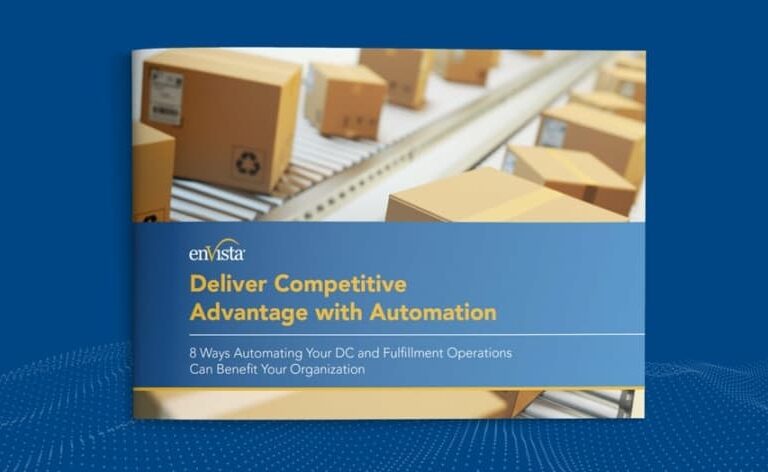With labor costs rising, supply chains facing disruptions and technology advancing, companies are rethinking how they approach automation. Traditionally, businesses have relied on third-party providers to implement and manage automation solutions. However, a new trend is emerging: insourcing automation. Organizations are increasingly bringing automation in-house to gain greater control, reduce costs and drive long-term efficiencies.
Why are Companies Insourcing Automation?
The shift toward insourcing automation is driven by several key factors:
- Cost Efficiency – While outsourcing automation may reduce upfront investment, ongoing costs such as service fees and reliance on external providers can add up. Insourcing allows businesses to better control expenses and optimize their automation investment.
- Customization and Flexibility – Off-the-shelf automation solutions may not align with unique operational needs. Insourcing enables organizations to tailor solutions to their specific workflows, improving overall efficiency and integration.
- Data Control and Security – With insourced automation, companies maintain full ownership of their operational data, reducing security risks and ensuring compliance with industry regulations.
- Faster Response to Market Changes – Companies that control their automation can quickly adapt to shifting demand, regulatory changes and supply chain disruptions without waiting on third-party adjustments.
How Companies Are Successfully Insourcing Automation
Organizations making the shift to insourcing automation follow a strategic approach to ensure a smooth transition and maximize ROI. Key steps include:
1. Assessing Readiness and Defining Goals
Companies must evaluate their current capabilities, workforce skills and technology infrastructure before deciding to insource. Clear goals should be set, such as increasing throughput, reducing errors or enhancing warehouse efficiency.
2. Investing in Scalable Automation Solutions
Rather than purchasing rigid systems, companies are opting for scalable automation technologies such as:
- Autonomous Mobile Robots (AMRs) – Adaptable and cost-effective, AMRs allow businesses to scale operations as needed.
- Warehouse Execution Systems (WES) – These systems help optimize workflows and integrate automation solutions with existing software.
- AI-Driven Predictive Analytics – Companies leveraging AI can enhance decision-making and proactively address inefficiencies.
3. Upskilling the Workforce
One of the biggest hurdles to insourcing automation is the need for skilled personnel. Companies investing in automation training programs ensure that their employees can maintain, operate and optimize automation systems internally.
4. Integrating Automation with Existing Systems
Seamless integration between automation solutions and warehouse management systems (WMS), enterprise resource planning (ERP) platforms and order management systems (OMS) is critical to success.
5. Developing a Long-Term Maintenance Strategy
Insourcing automation requires companies to take responsibility for system maintenance and upgrades. Implementing predictive maintenance strategies helps prevent costly downtime and ensures smooth operations.
The Role of enVista in Insourcing Automation
At enVista, we empower companies to take control of their automation strategies. From assessing readiness and selecting the right automation mix to integration, training and ongoing optimization, enVista helps organizations seamlessly transition to insourced automation. Our experts work alongside businesses to develop scalable automation roadmaps that drive long-term efficiency and cost savings.
As companies seek greater agility, cost control and customization in their automation strategies, the shift to insourcing is becoming a game-changer. By bringing automation in-house, organizations can enhance operational efficiency, safeguard data and quickly adapt to evolving supply chain demands. With the right strategy and expert support, insourcing automation is not just feasible—it’s a competitive advantage.
Ready to take control of your automation strategy? Contact enVista today to explore how we can help. Let’s have a conversation.®






